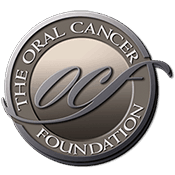Experts say oral cancer on the rise in younger people
Source: www.clickondetroit.com Author: staff It was the winter of 2002 when then-34-year-old Kelley Fish of Grosse Pointe Park, Mich., first spotted the lump that would change her life. "I was looking in the mirror, and I thought 'what the heck is that?' It was certainly visible," said Fish. Fish went to the doctor, who thought it was an infection and prescribed antibiotics. But two months later, the lump was still there. "Then they went forward and sent me to an ear, nose and throat specialist and finally had the lump removed," said Fish. Fish said the tumor was the size of a large grape, and it was malignant. Fish was diagnosed with stage 4 oral cancer. "I was horrified," said Fish. "They say you should never get on the Internet. The statistics were not in my favor at that point." Experts said oral cancer includes cancers of the lips, tongue, cheeks, floor of the mouth, hard and soft palate, sinuses and throat. Stage four is the most advanced stage. Fish had surgery, 32 radiation treatments and three cycles of chemotherapy. The treatments left her fatigued and suffering multiple side effects. "It was hell, excuse my expression," said Fish. "I was unable to swallow after a period of time. I had burns, second- or third-degree burns, on my neck. It was the scariest moment or time in my life to say the least." Like most people, Fish had assumed oral cancer was something older men got, not 34-year-old women. "When I [...]
